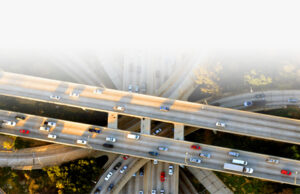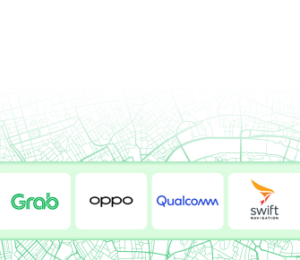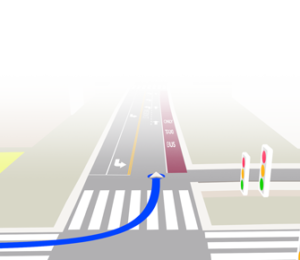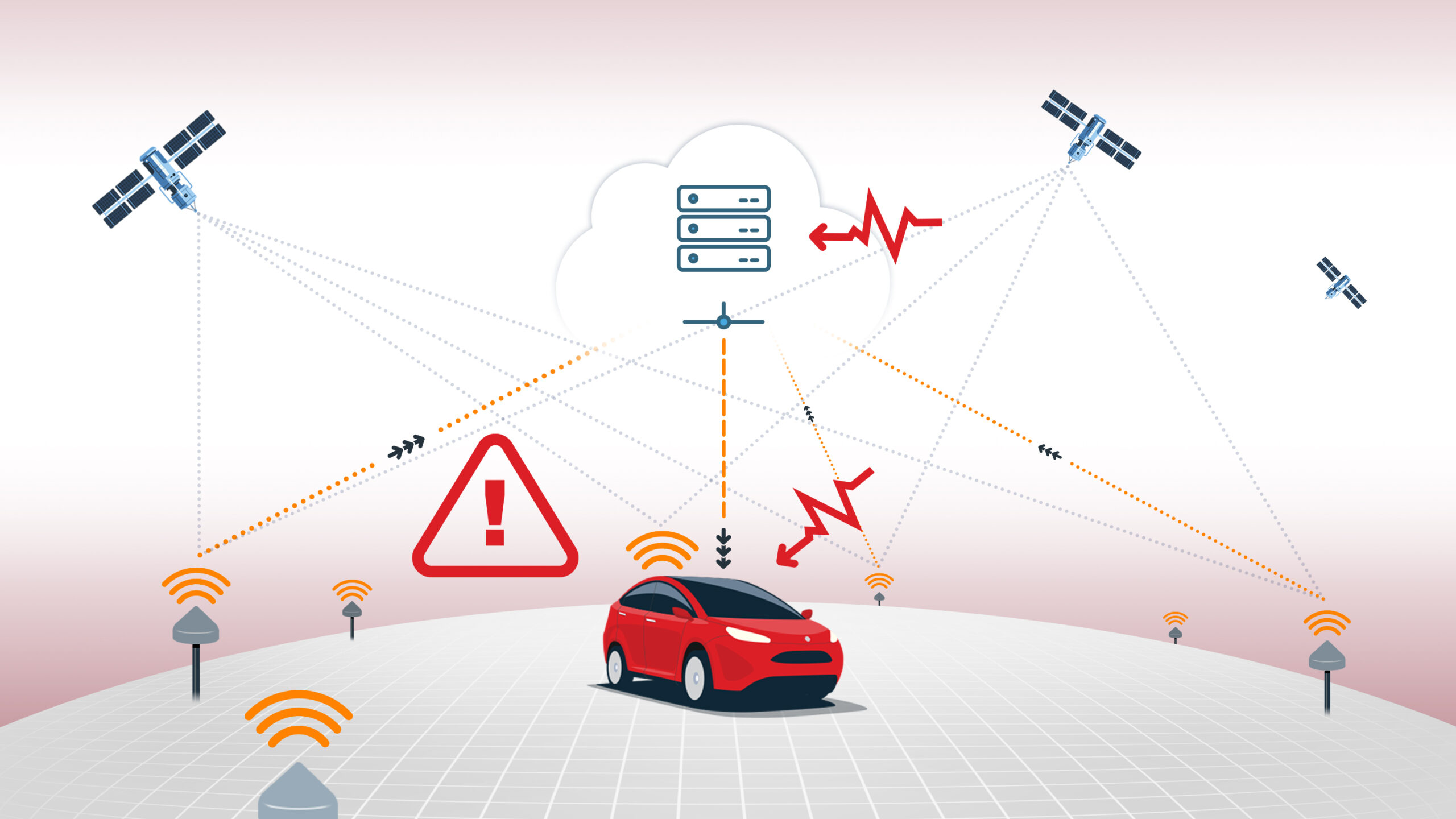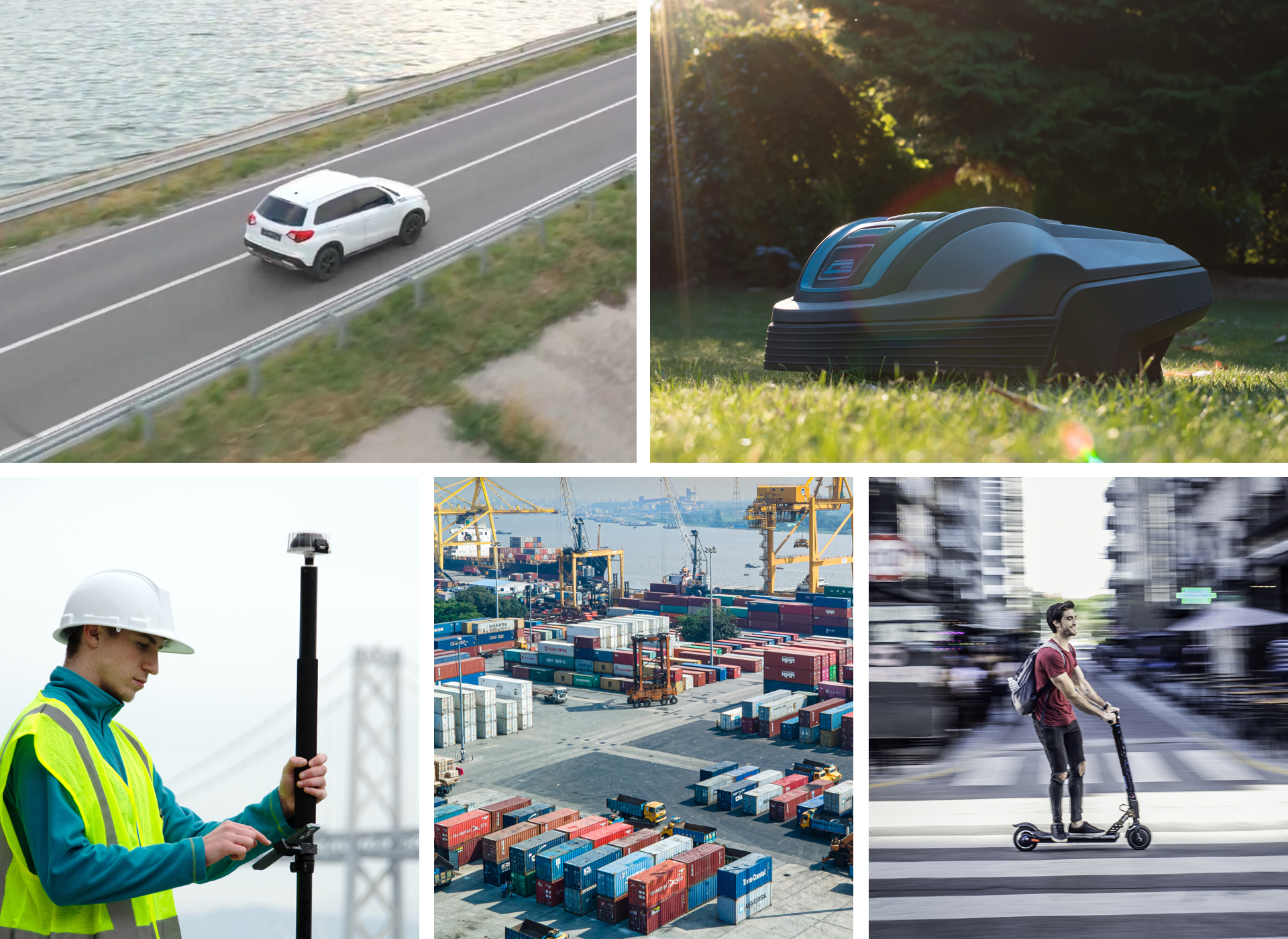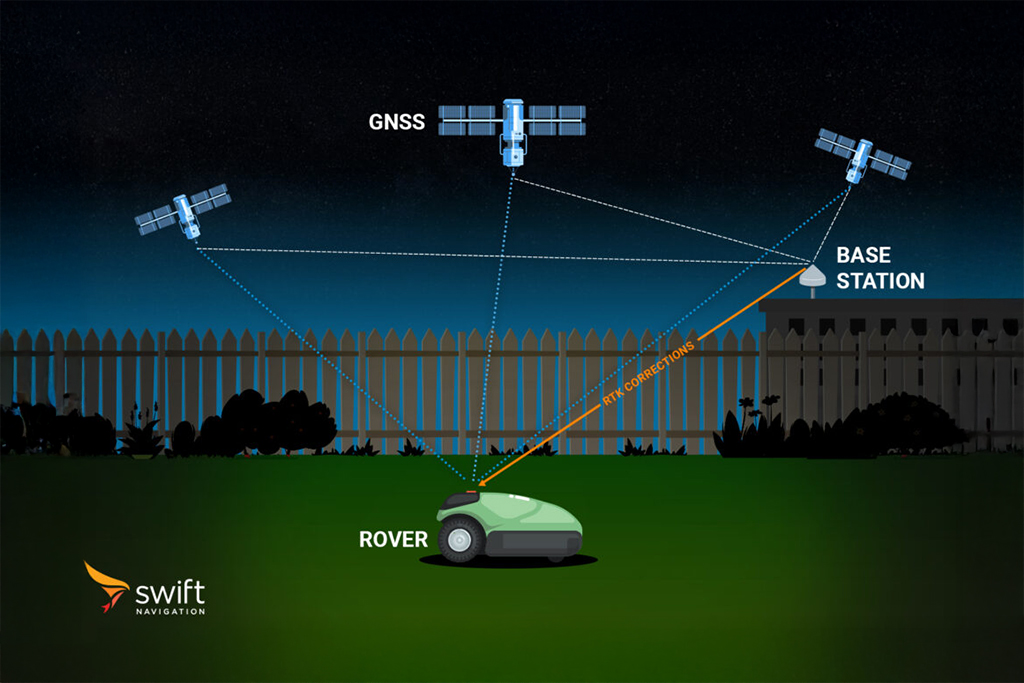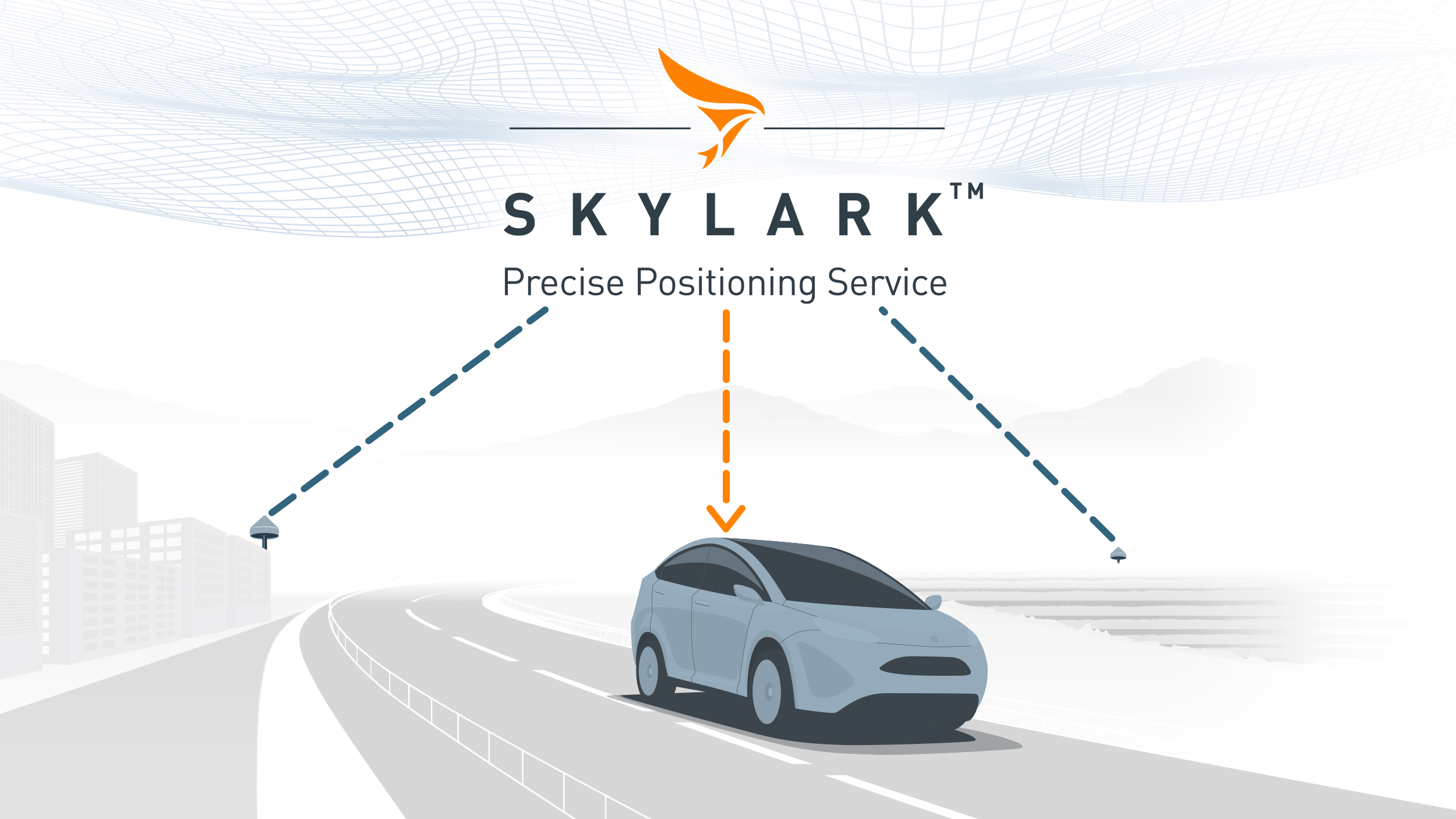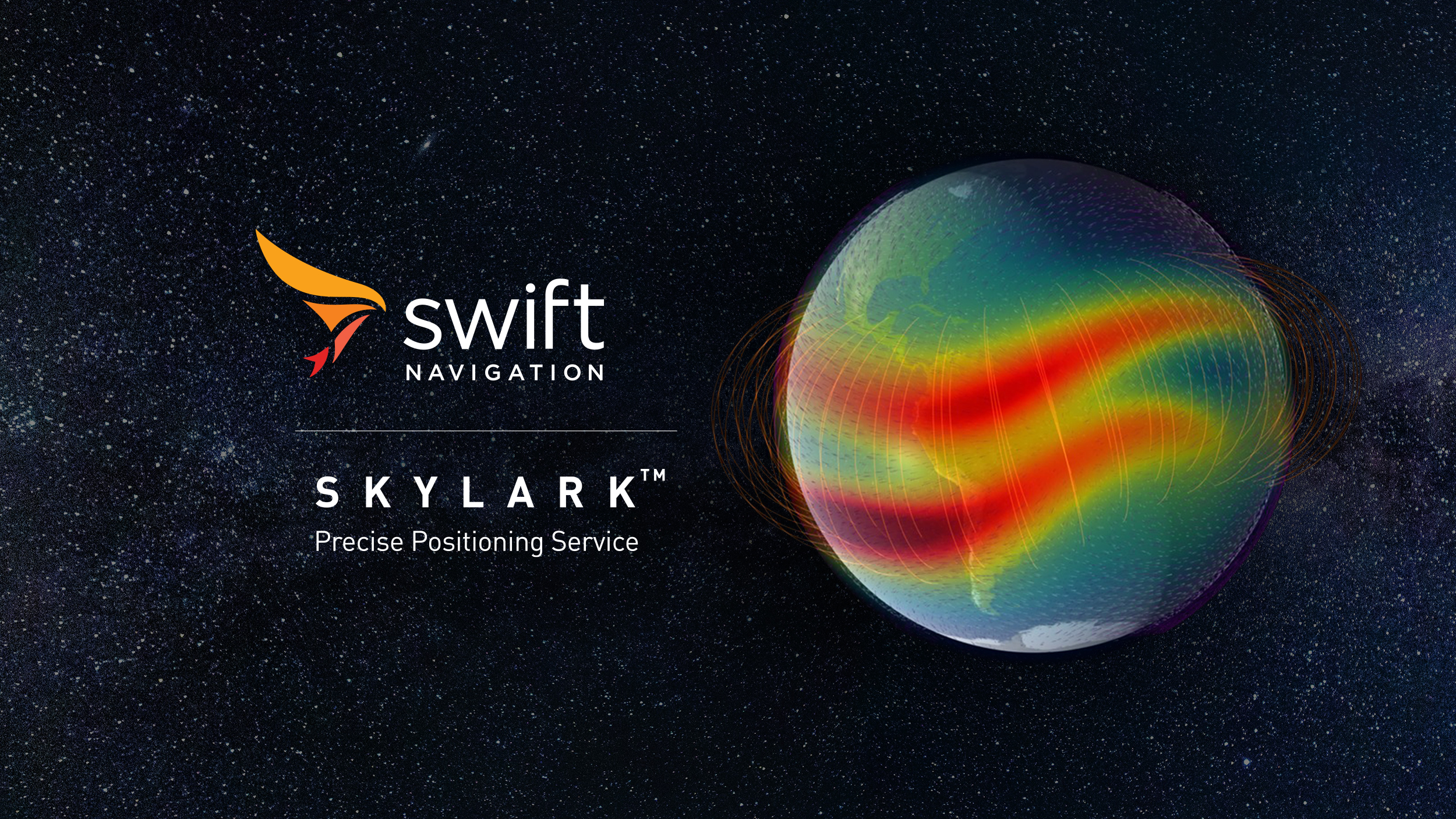What is Geofencing?
Geofencing defines a virtual boundary around a real-world geographic area. This technology uses location-aware devices to trigger specific actions when they enter or leave this defined zone. Imagine a digital fence: when a device is inside, it operates normally; when it crosses out, it might stop working, slow down, or return to a designated safe spot.
Its main purpose is to ensure safety and operational compliance. For instance, a robotic lawn mower uses geofencing to stay within your lawn, preventing it from cutting flowerbeds, hedges, or even going into unsafe areas where people might be. This ensures the device operates only where intended.
Several methods enable geofencing:
- Boundary/Perimeter Wires: This older method uses physical wires buried around an area. They create a magnetic field that tells the device where to go. While effective, these wires can be damaged by animals or garden work, require significant installation, and need constant power, which makes complex layouts tricky.
- GNSS (Global Navigation Satellite System): This is the most common method, using signals from satellites (like GPS, GLONASS, Galileo, or BeiDou) to determine a device’s precise location. GNSS is widely used for geofencing due to its widespread availability and scalability for large outdoor areas. The accuracy of GNSS is typically 3-10 meters. However, it can be augmented with correction services like RTK (Real-Time Kinematic).
- Single Baseline RTK: This approach uses a fixed GNSS base station to calculate precise positional corrections. It removes the need for physical wires but requires installing and maintaining a base station with a clear view of the sky, which can be expensive and visually intrusive.
- Cloud-based Network RTK: Modern solutions, such as Swift Navigation’s Skylark Nx RTK, deliver highly accurate (1-2 cm) geofencing without requiring any local infrastructure. This advanced precision allows for very tight, reliable enforcement of boundaries, fostering greater user trust and compliance, especially for applications like micromobility.
- Cellular Data: This method uses the location of a device as determined by nearby cell towers. It’s a widely available and cost-effective solution that doesn’t require any special hardware. However, it offers the lowest accuracy of all geofencing methods, often with a range of several hundred meters, which makes it unsuitable for applications requiring high precision.
Wi-Fi: A device’s location can be triangulated based on its proximity to known Wi-Fi networks. This method is effective in areas with dense Wi-Fi coverage, such as urban centers or indoor spaces. It provides better accuracy than cellular data but is limited to locations with a strong Wi-Fi signal.
- Bluetooth Low Energy (BLE) Beacons: BLE beacons are small, inexpensive devices that transmit a signal that can be detected by nearby smartphones or other devices. By placing these beacons in specific locations, a virtual boundary can be created. This method offers high accuracy but is limited to small, well-defined areas and requires the installation of a physical beacon infrastructure.
- RFID (Radio Frequency Identification): An RFID system uses a small tag on a device and a reader to create a virtual perimeter. The reader emits radio waves that “read” the tag when it enters a specific range. This method offers high accuracy but is limited to small, well-defined areas and requires the installation of a physical reader infrastructure.
The effectiveness of geofencing hinges on positioning accuracy. For applications like robotic lawn mowers, an accuracy of under 5 centimeters is crucial. This level of precision allows for the confident creation of precise, virtual boundaries for a lawn, eliminating the need for physical perimeter wires. Poor accuracy can lead to frustrating and costly issues, such as the mower cutting into flowerbeds, missing parts of the lawn, or failing to operate within its designated area. This undermines the system’s purpose and can damage property.
In commercial settings, effective geofencing is vital for regulatory compliance, lone worker safety, securing permits, and building public acceptance for new technologies – such as micromobility – in urban environments.
Related Content
GNSS Basics

Devon Sharp

Marwan Ramadan

Marwan Ramadan

Devon Sharp

Devon Sharp

Marwan Ramadan

Devon Sharp



